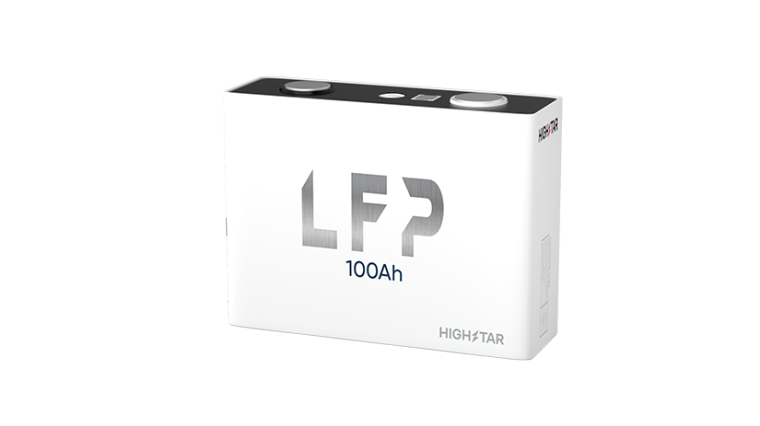Inhalation of harmful chemicals can pose significant risks to lung health, leading to a range of respiratory issues. Whether due to occupational exposure, accidental spills, or environmental pollutants, understanding the healing process of the lungs after chemical inhalation is crucial for both patients and healthcare providers. This article delves into the factors influencing recovery time, the healing mechanisms of the lungs, and the steps individuals can take to support their respiratory health.
Understanding Chemical Inhalation and Its Impact on Lung Health
Chemical inhalation occurs when harmful substances enter the respiratory system, potentially causing immediate and long-term damage. Common culprits include volatile organic compounds (VOCs), heavy metals, and industrial chemicals. The severity of lung injury depends on several factors, including the type of chemical, duration of exposure, concentration levels, and individual susceptibility.
Upon inhalation, these chemicals can lead to inflammation, oxidative stress, and cellular damage within the lung tissues. Symptoms may range from mild irritation to severe respiratory distress, including coughing, wheezing, and shortness of breath. In some cases, exposure can result in chronic conditions such as asthma, chronic obstructive pulmonary disease (COPD), or even pulmonary fibrosis.
The Healing Process: How Long Does It Take for Lungs to Heal?
The timeline for lung recovery after chemical inhalation varies widely among individuals and is influenced by several key factors:
- Type of Chemical: Different chemicals have varying degrees of toxicity and potential for lung damage. For instance, exposure to chlorine gas may cause immediate irritation and inflammation, while long-term exposure to asbestos can lead to chronic lung diseases that take years to manifest.
- Duration and Intensity of Exposure: Short-term exposure to low concentrations of harmful chemicals may result in quicker recovery times, often within days to weeks. Conversely, prolonged exposure or high concentrations can lead to more severe damage, extending the healing period to months or even years.
- Individual Health Factors: Pre-existing health conditions, such as asthma or other respiratory diseases, can complicate recovery. Age, smoking history, and overall health also play significant roles in how quickly the lungs can heal.
- Immediate Medical Intervention: Prompt medical attention following exposure can significantly improve recovery outcomes. Treatments may include bronchodilators, corticosteroids, and supportive therapies to reduce inflammation and promote healing.
The Healing Mechanisms of the Lungs
The lungs possess remarkable regenerative capabilities, which can be activated following injury. Key processes involved in lung healing include:
- Inflammatory Response: Initially, the body responds to lung injury with inflammation, which is essential for clearing out harmful substances and initiating repair. While inflammation is necessary, excessive or prolonged inflammation can lead to further damage.
- Cellular Repair and Regeneration: Alveolar epithelial cells, which line the air sacs in the lungs, play a crucial role in healing. These cells can proliferate and differentiate to restore the lung's structural integrity. In cases of severe damage, fibroblasts may also contribute to the formation of scar tissue.
- Restoration of Lung Function: As healing progresses, lung function can gradually improve. This process may involve the re-establishment of gas exchange capabilities and the reduction of symptoms such as cough and dyspnea.
Supporting Lung Health During Recovery
While the lungs have an innate ability to heal, individuals can take proactive steps to support their recovery:
- Avoid Further Exposure: It is crucial to minimize exposure to irritants and pollutants during the recovery period. This includes avoiding smoking, secondhand smoke, and other environmental toxins.
- Maintain a Healthy Lifestyle: A balanced diet rich in antioxidants, regular exercise, and adequate hydration can bolster the immune system and promote lung health.
- Follow Medical Advice: Adhering to prescribed treatments and follow-up appointments is vital for monitoring lung function and addressing any complications that may arise.
- Engage in Pulmonary Rehabilitation: For those with significant lung damage, pulmonary rehabilitation programs can provide tailored exercises and education to improve lung function and overall quality of life.
Conclusion
The healing time for lungs after chemical inhalation is not a one-size-fits-all scenario. It is influenced by various factors, including the type of chemical, exposure duration, individual health status, and the effectiveness of medical intervention. Understanding these dynamics can empower individuals to take charge of their recovery journey, ensuring they adopt strategies that promote lung health and facilitate healing. By prioritizing respiratory wellness, individuals can enhance their quality of life and mitigate the long-term effects of chemical exposure.
